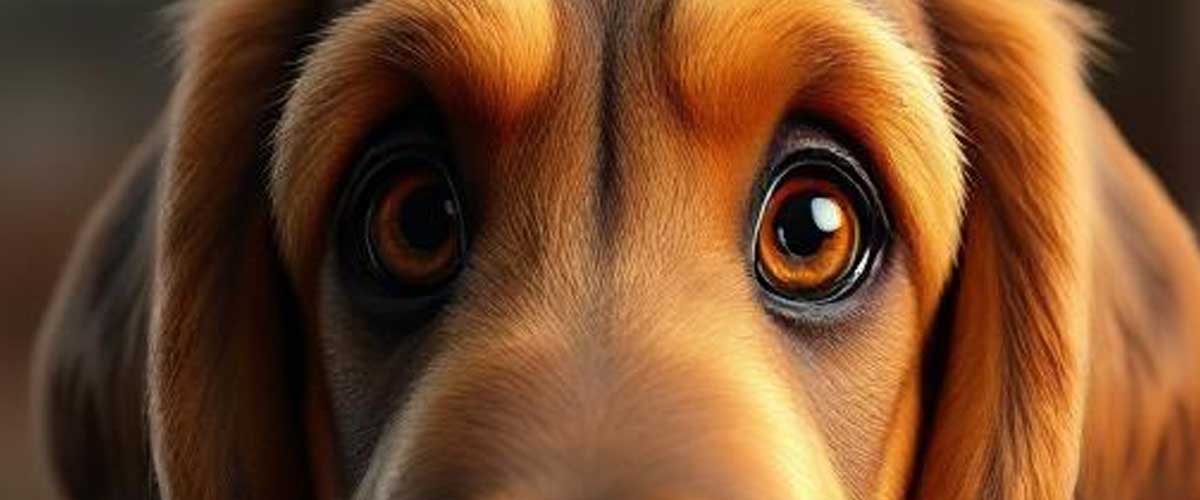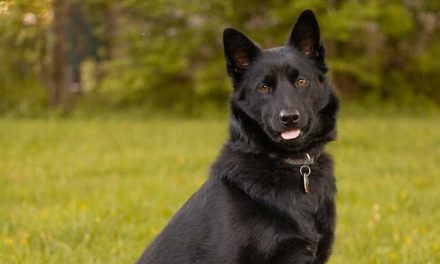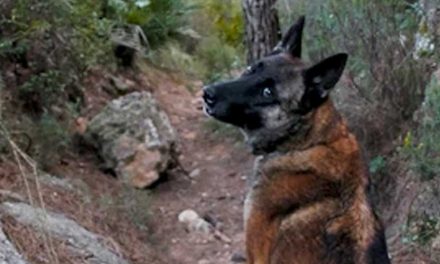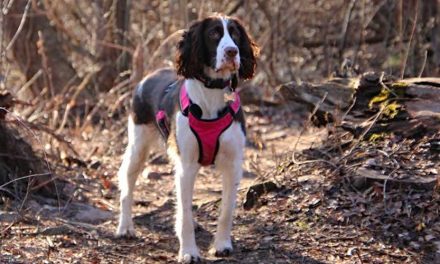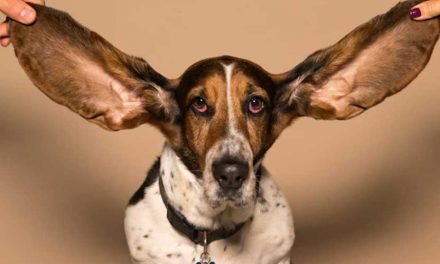The Bloodhound, known for its incredible tracking abilities and friendly demeanor, is a breed that captivates both dog lovers and working dog enthusiasts alike.
With a lineage that dates back more than a thousand years, these dogs have been honored for their prowess in tracking and their unwavering sense of smell.
History and Origins
The origins of the Bloodhound can be traced back to medieval Belgium and France, where they were primarily bred by monks in monasteries for their excellent tracking abilities.
The breed’s name derives from “Blooded Hound,” indicating that they were dogs of noble blood, bred meticulously for their skills.
Over centuries, Bloodhounds have been used in various capacities, from tracking game to searching for lost persons.
Physical Characteristics
Bloodhounds are easily recognizable due to their striking appearance.
They have long, droopy ears, loose skin that creates a distinctive wrinkled look, and a powerful build.
Typically, male Bloodhounds stand about 24 to 28 inches tall at the shoulder and weigh between 90 to 110 pounds, while females are slightly smaller.
Their coat is short and can come in a variety of color combinations, including black and tan, liver and tan, or red.
Temperament
Beyond their striking looks, Bloodhounds are known for their gentle and friendly temperament.
They are affectionate, loyal, and great with families, making them beloved companions.
Despite their massive size, they tend to have a calm demeanor.
However, they can be quite stubborn due to their independent nature, which means consistent training and socialization from a young age are essential.
Exceptional Sense of Smell
The most remarkable feature of the Bloodhound is its extraordinary sense of smell, which is considered one of the best in the canine world.
Their noses contain approximately 300 million scent receptors, compared to about 6 million in humans.
This makes them invaluable in search and rescue operations, as well as in criminal investigations.
Bloodhounds are often used by law enforcement to track scents over long distances, and their results can even be admissible in court, thanks to their reliability.
Training and Care
Training a Bloodhound requires patience, consistency, and a positive approach.
Given their strong instincts and independent personality, it’s vital to establish a firm but gentle hand.
Socialization with various people, environments, and other animals is crucial during puppyhood to prevent any wariness of strangers.
In terms of physical care, Bloodhounds require regular exercise to maintain their health and happiness.
They enjoy long walks and opportunities to use their sniffing abilities, so giving them a chance to explore in safe environments is beneficial.
Regular grooming is necessary, particularly for cleaning their ears and wrinkles, to prevent any skin infections.
Health Considerations
While Bloodhounds are robust dogs, they can be prone to certain health conditions, including hip dysplasia, ear infections, and certain heart issues.
Regular veterinary checkups, a balanced diet, and maintaining a healthy weight are essential for keeping them in good shape.
Conclusion
In summary, the Bloodhound is a breed that embodies intelligence, loyalty, and a deep-rooted heritage of working alongside humans.
Whether they are tracking scents in the field or being a loving companion at home, Bloodhounds bring joy and admiration to those lucky enough to share their lives with them.
Their remarkable skills and friendly nature make them not only phenomenal working dogs but also cherished family members.

